What is 4B Hair Type?
Knockout!! That's the word that comes to mind when talking about 4B hair types. Bouncy, springy, showstopping, juicy coils that demand attention! These knockout curls have the unique ability to turn heads and create a fuss. Why? Because they’re beautiful! It's that simple!
This low porosity hair type needs its own manual, which is why we've put together a guide for care, maintenance and styling. We'll help you figure out if you indeed have 4B hair and provide steps to enhance its health and vitality. As well as showcase some styles tailored for this one-of-a-kind curl pattern.
💡 Not sure if Type 4 hair is your exact match? Or want to know which products are best for your unique hair type? Take our Hair Quiz to find out! Answer a few quick questions and get personalised recommendations tailored to your hair’s needs.

What Exactly is Type 4B Hair?
4B hair, also known as afro-textured hair is like the gorgeous middle sister who sits—or should we say, shines— between 4A hair’s tight, S-shaped curls & 4C hair’s super tight, zigzag shaped coils.2
Defining characteristics include:
- Dense, tightly-packed strands
- Distinct Z-shaped curl pattern
- Sharp angular bends and kinks
- A diverse texture spectrum, ranging from delicate spirals to tight curls, often a mix of 4A and 4C.
- A fluffy, voluminous appearance
- Afro
If you're thinking this is close, but not an exact match for your hair, you might want to explore our guides on 3C, 3B, and 4C hair to find a closer match to your natural curl pattern.
4B hair is incredibly versatile. Which makes them such a fabulous hair type to work with. From sleek, glossy finishes to chic updos adorned with colourful headwraps, the possibilities for looking glam are endless.
Remember, even though it can be shiny, bouncy and beautiful in its appearance, 4B hair, because of its afro-texture, can be quite delicate and prone to dryness. If it's lacking in proper care and hydration, this hair type can snap, break and become a tangled mess very quickly. And that leads us to what's next.
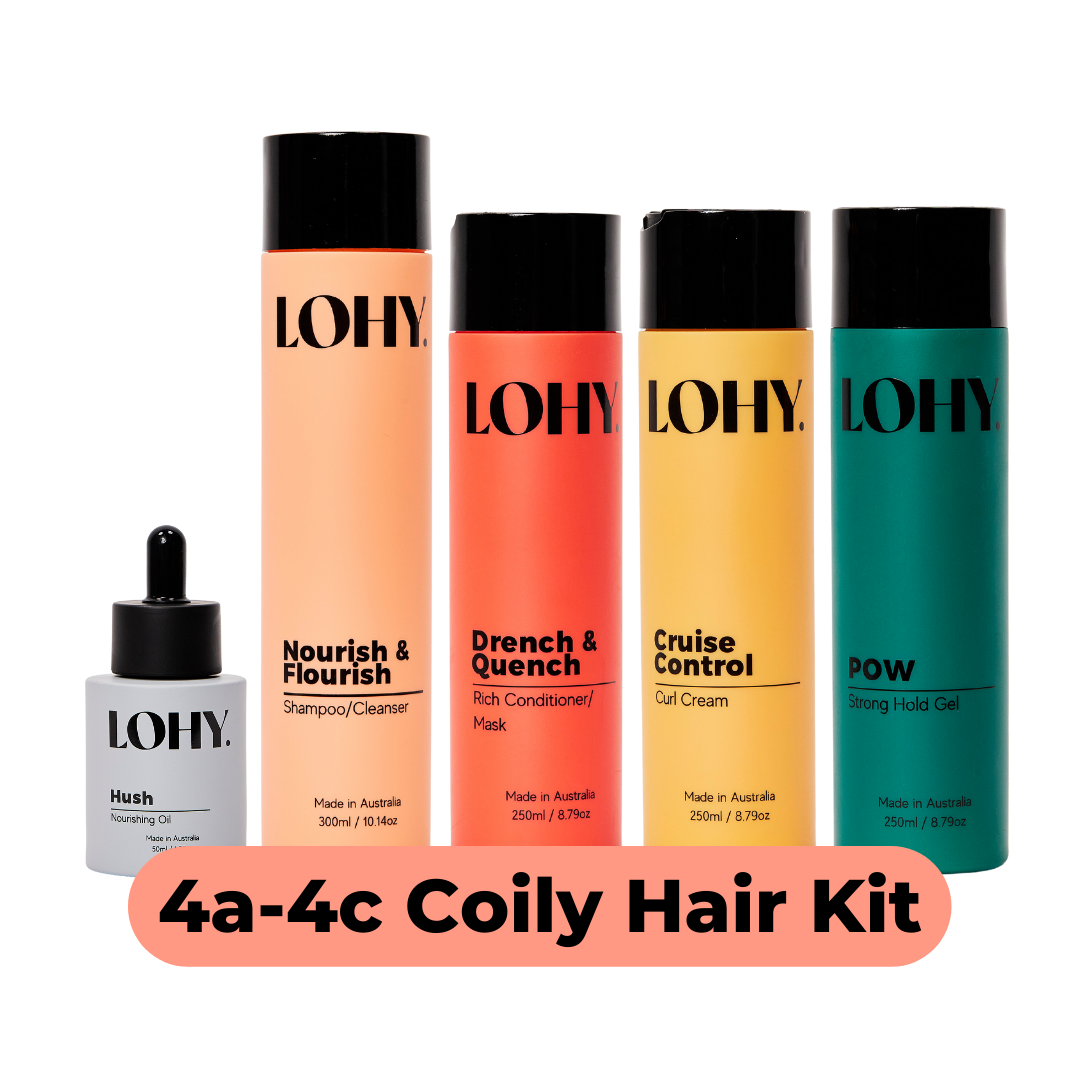
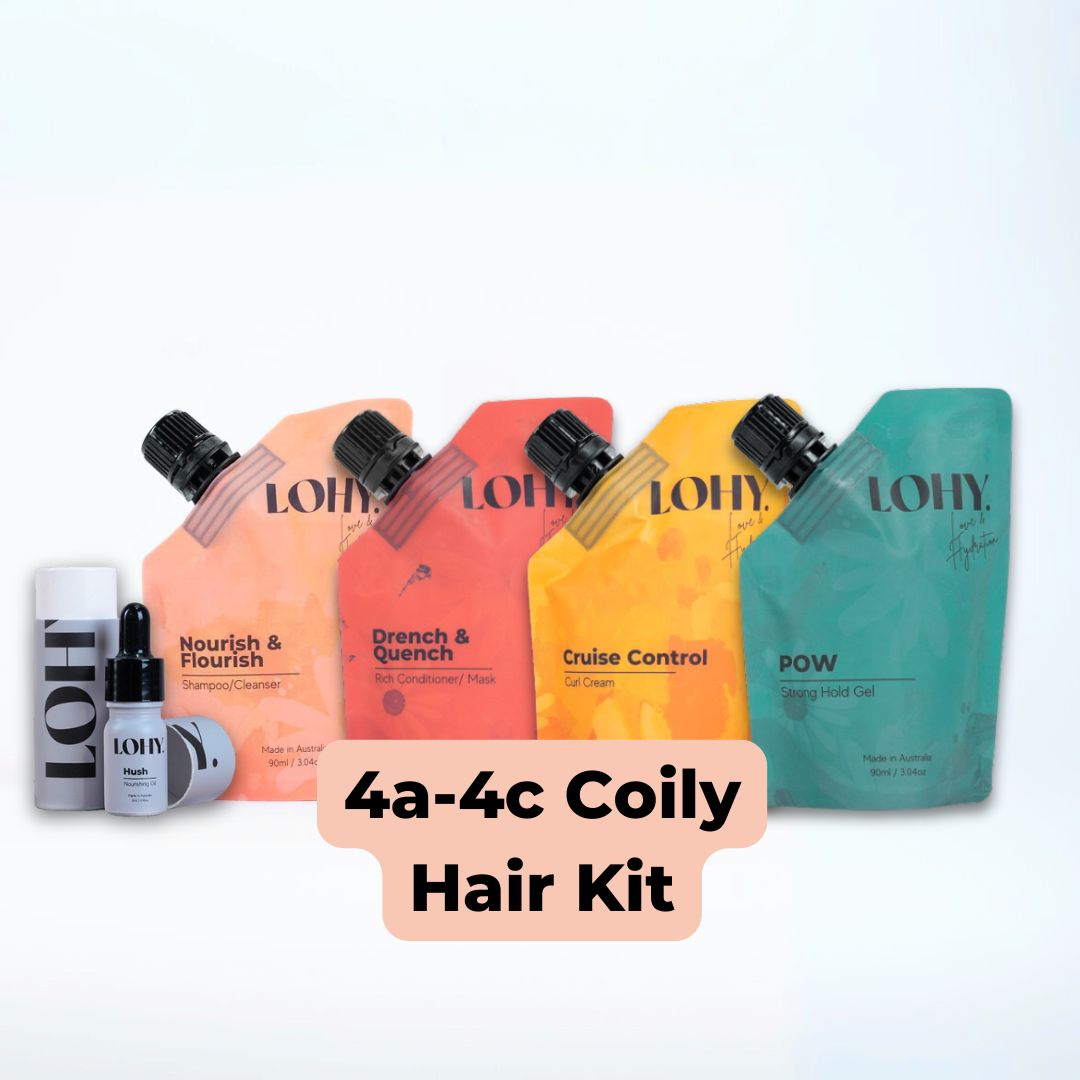
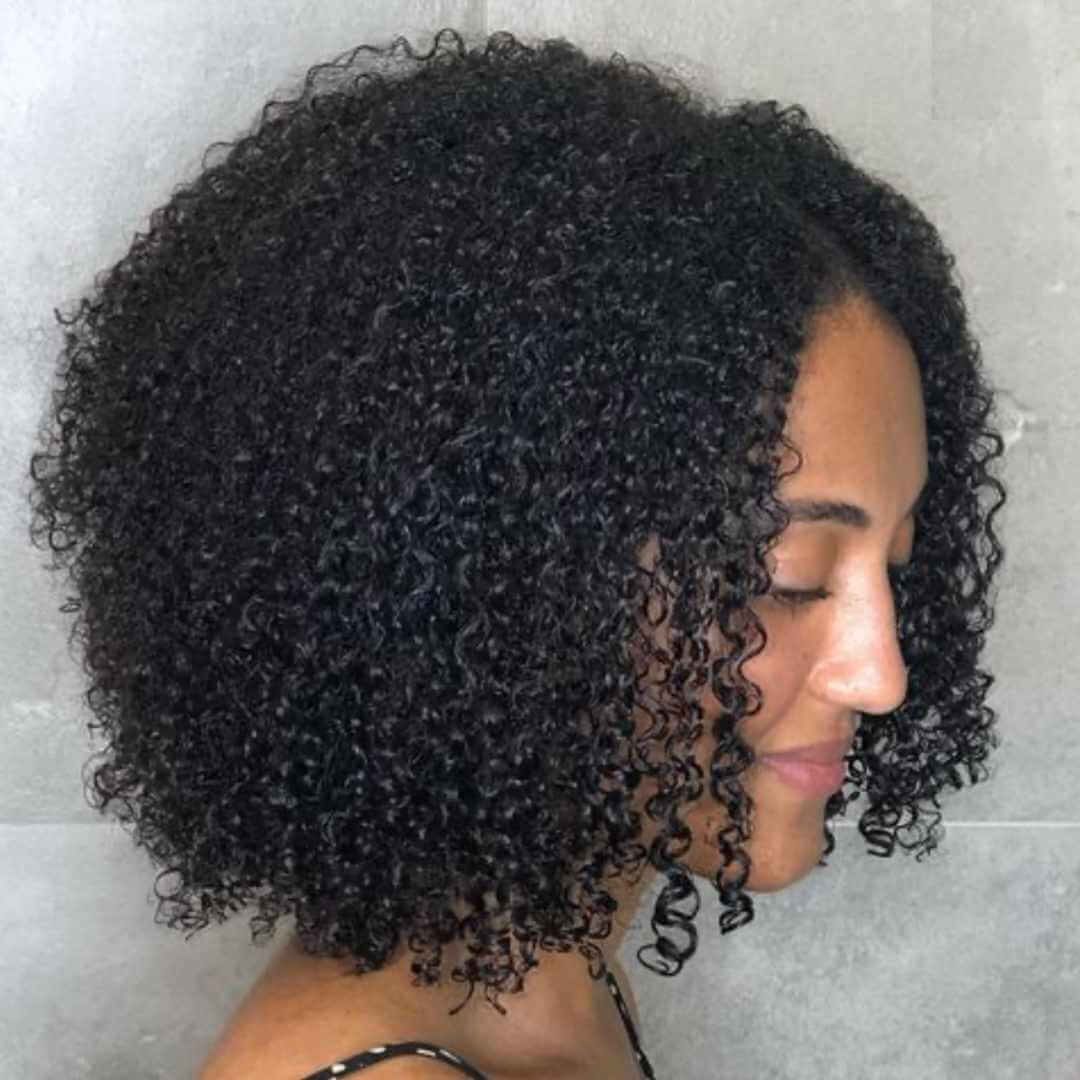
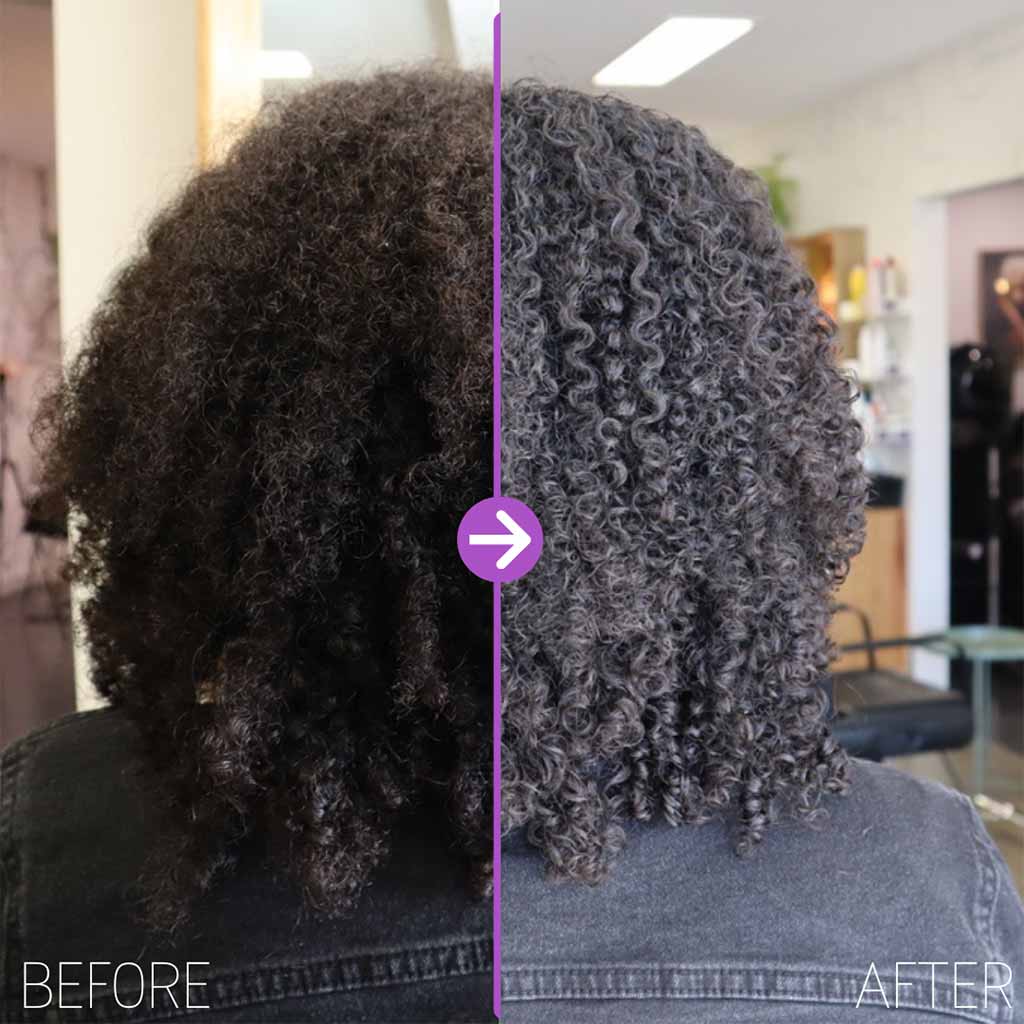
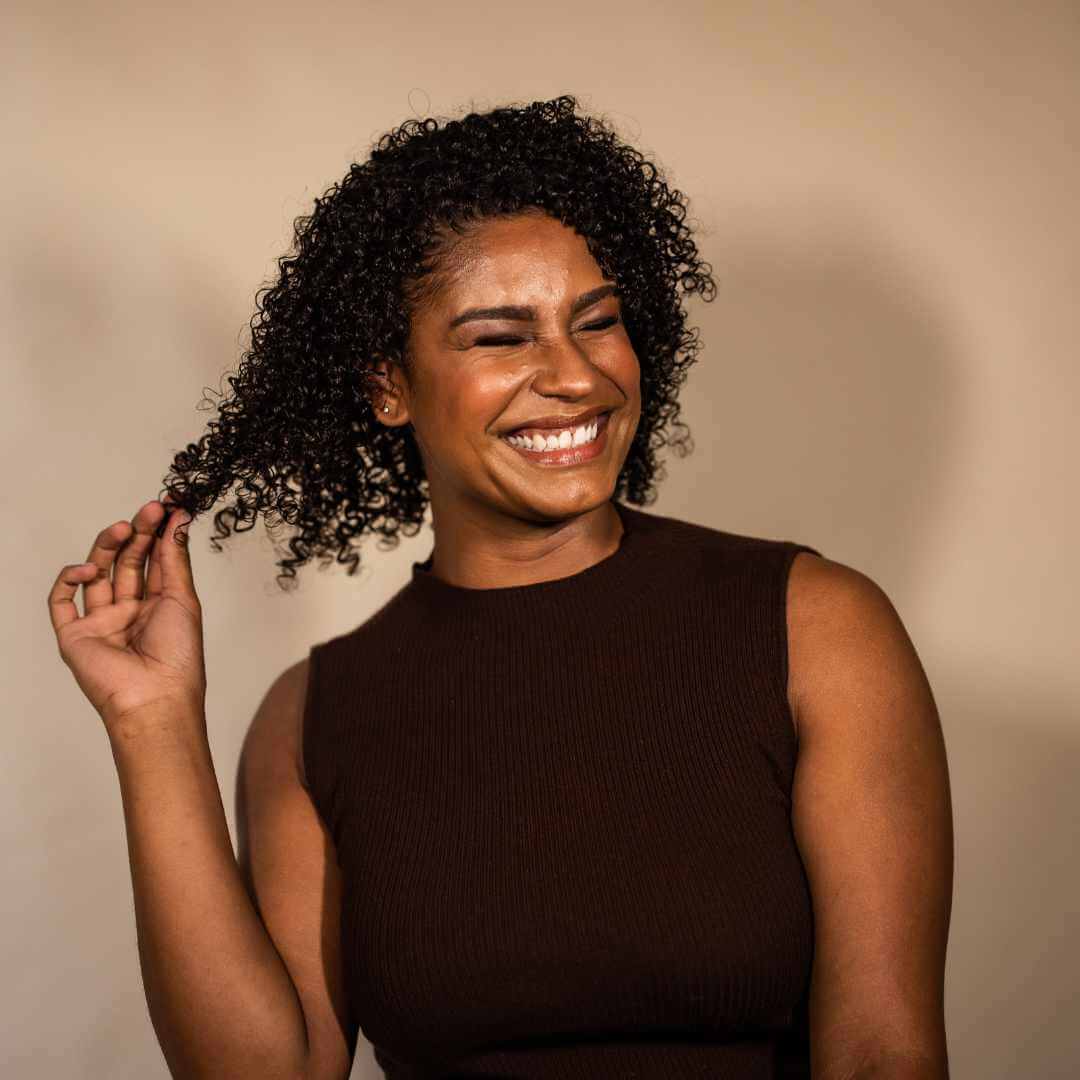
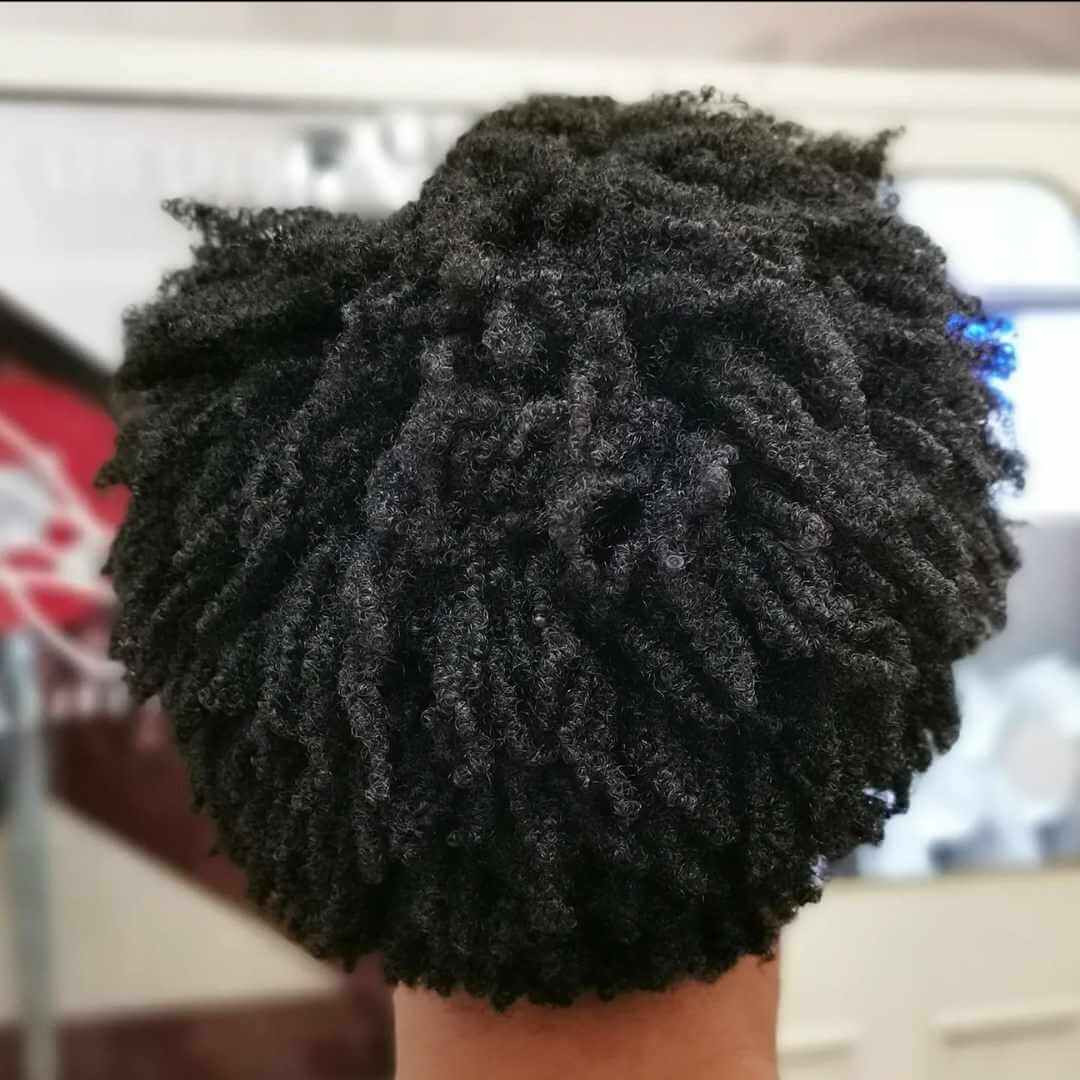
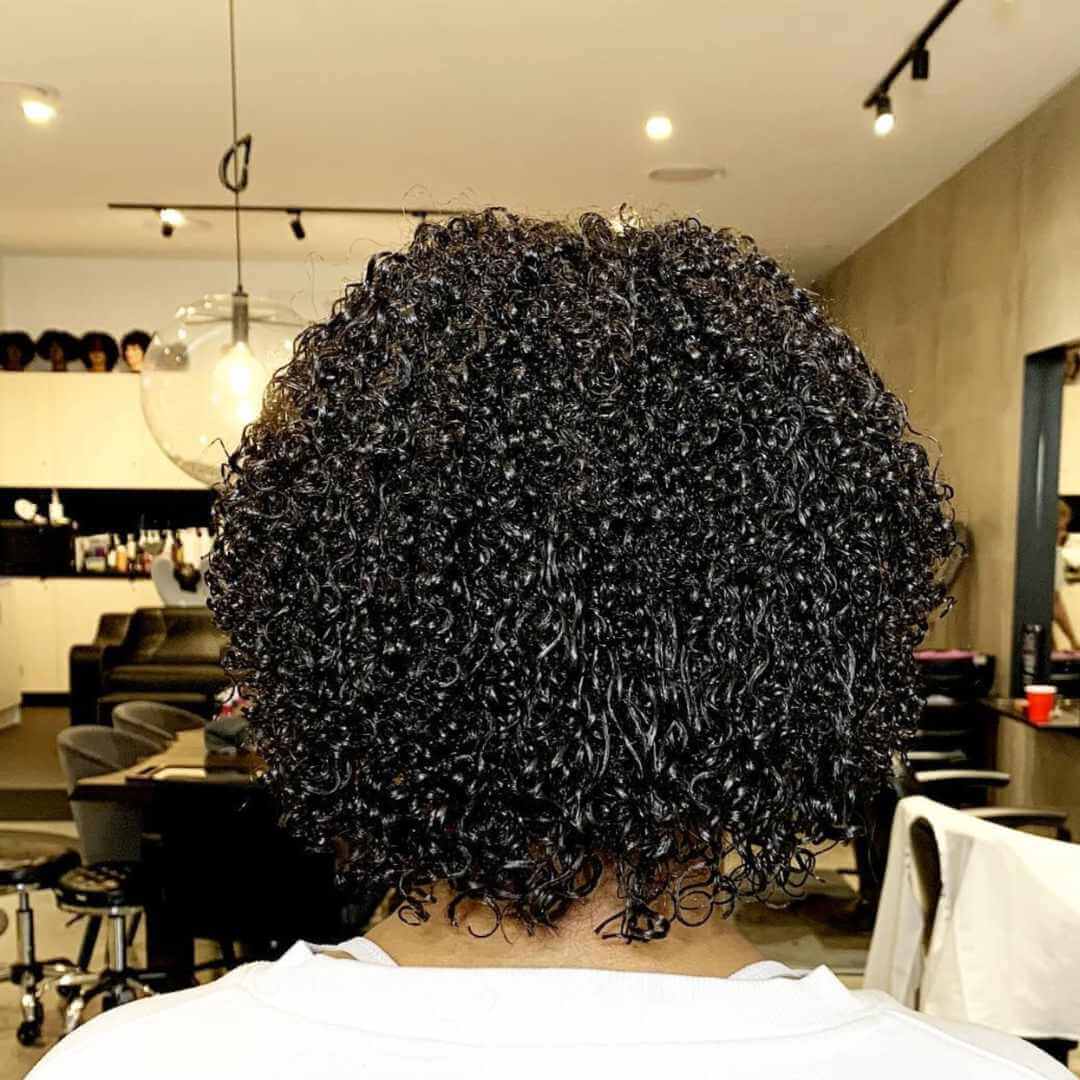
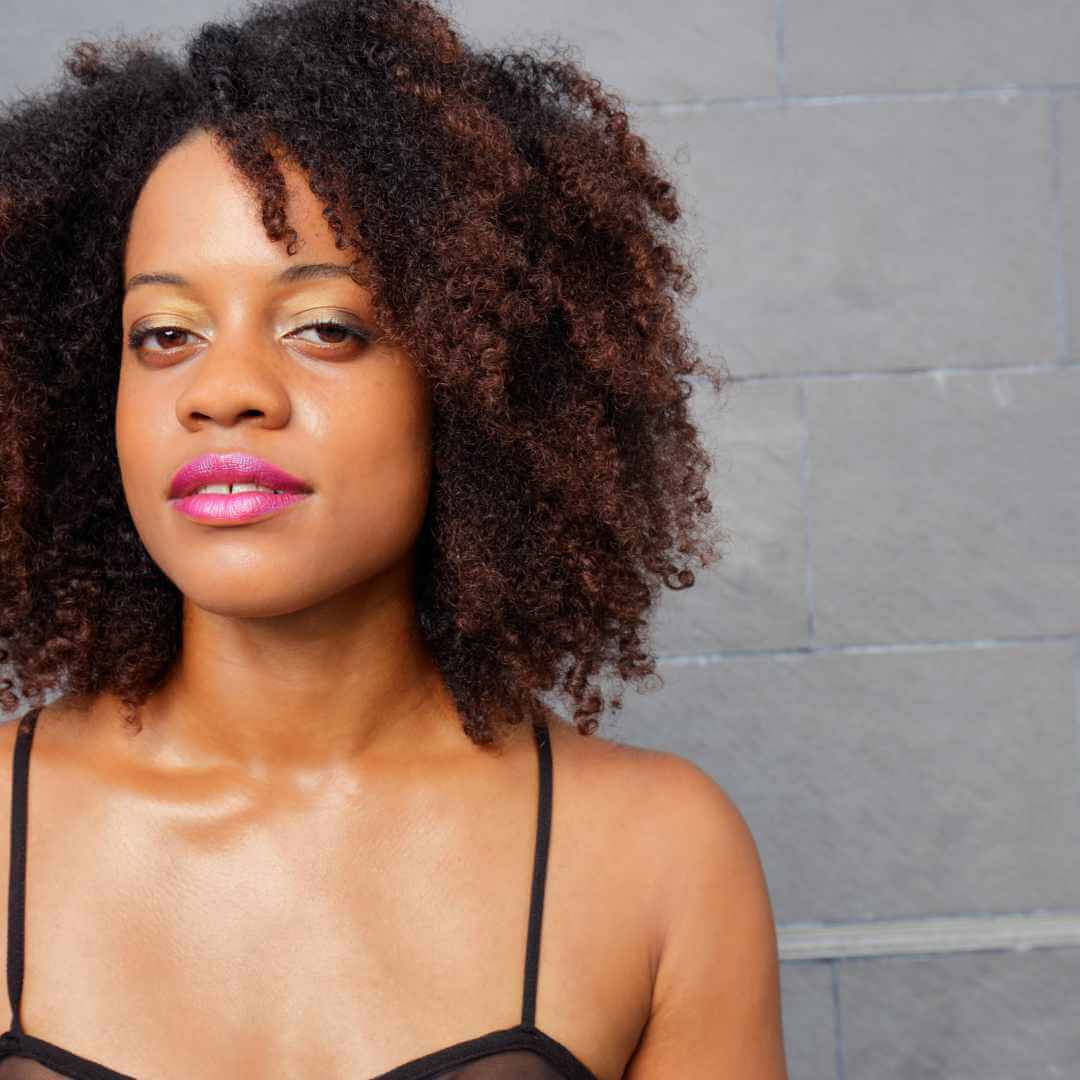
4a, 4b, 4c - Coily Hair Kit
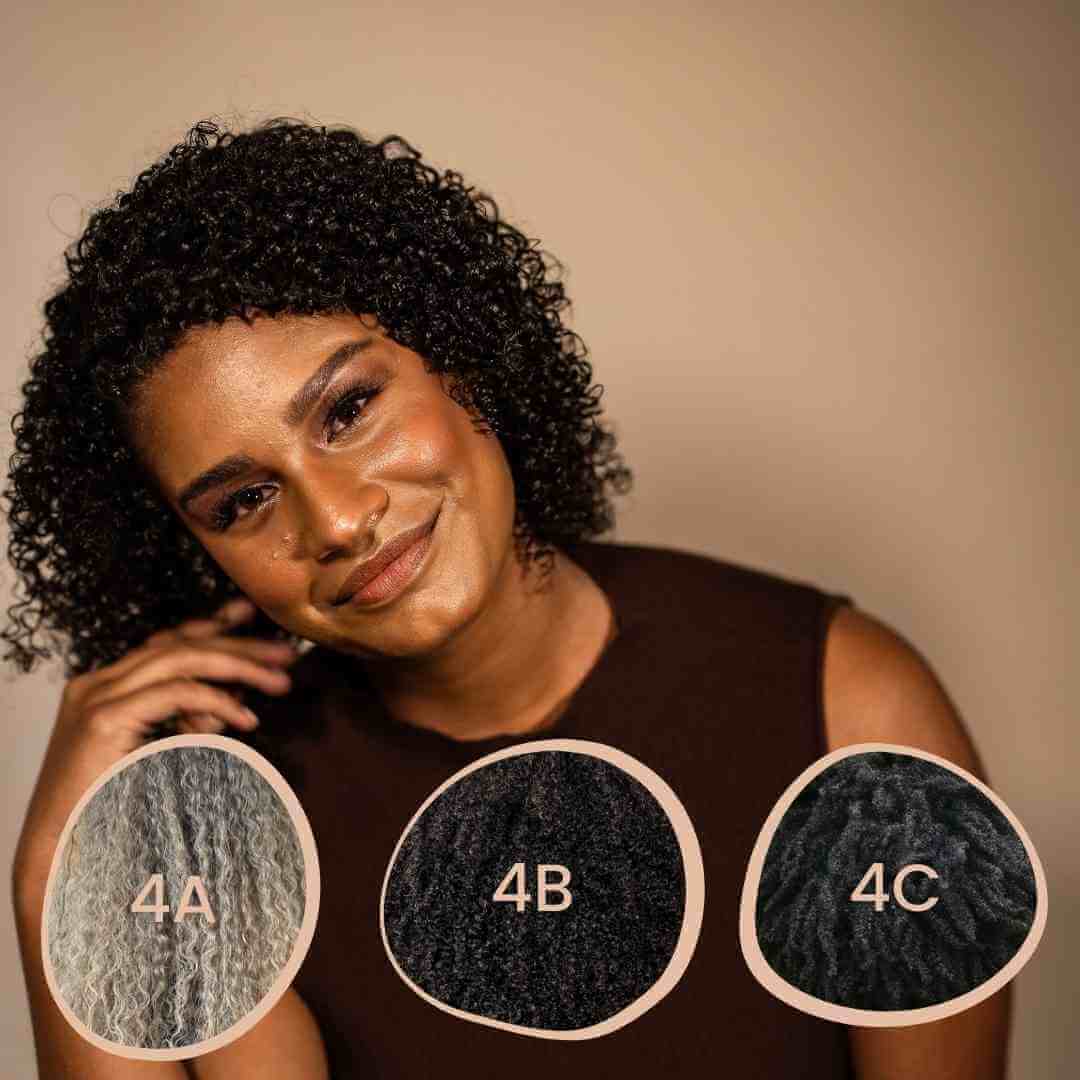
Do I Have 4B Hair?
How to know if you have type 4B hair? Firstly, It's curly- like really curly! Secondly, if your hair lacks definition and has a varied texture, chances are you might have 4B hair.
Do you refer to your hair as afro? With a fluffy-cotton like appearance, 4B Hair strands are bendy, curvy and have sharp zig zag shape patterns, creating loads of volume. This unique textured hair type is one of the 3 types of (4B) afro-textured hair and due to its kinks and coils, is also highly susceptible to frizz.
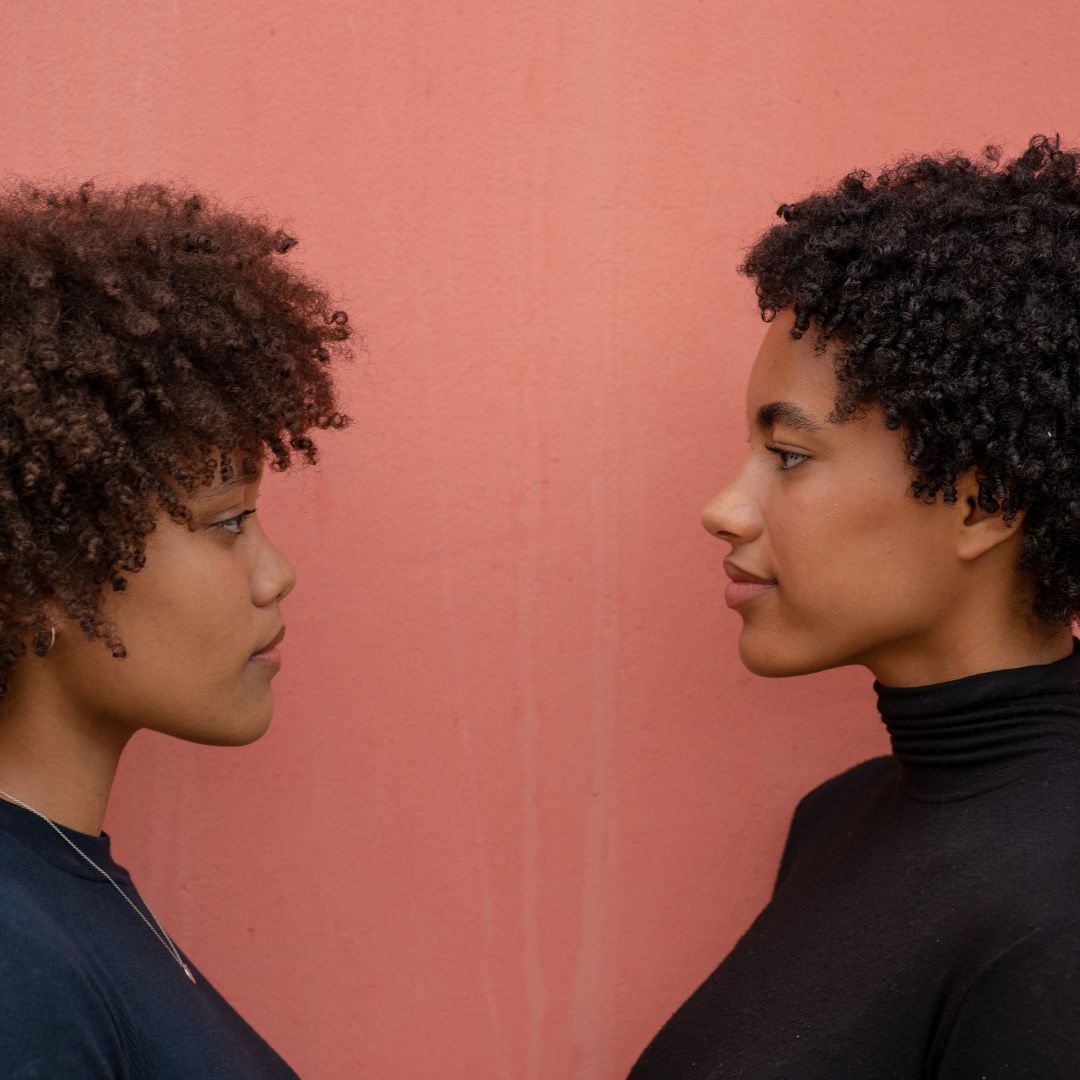
Identifying 4B Hair
To discern 4B hair, look closely at the curl pattern. Rather than forming consistent curls or coils, 4B strands exhibit a distinct zig-zag formation with sharp bends. This type of hair often presents a fluffy appearance and feels relatively dry to the touch.
It’s an incredibly thirsty hair type that craves hydration! Shrinking up to 70%, your 4B hair will appear much shorter than it actually is.
While these characteristics predominantly define 4B hair, it's important to recognise that no two 4B hair routines are going to be the same. Tailoring your routine to prioritise your individual hair's health and vitality will help you get the best out of your curls. Remember, it's not uncommon for someone with 4B hair to have patches of 4A and 4C textures as well.
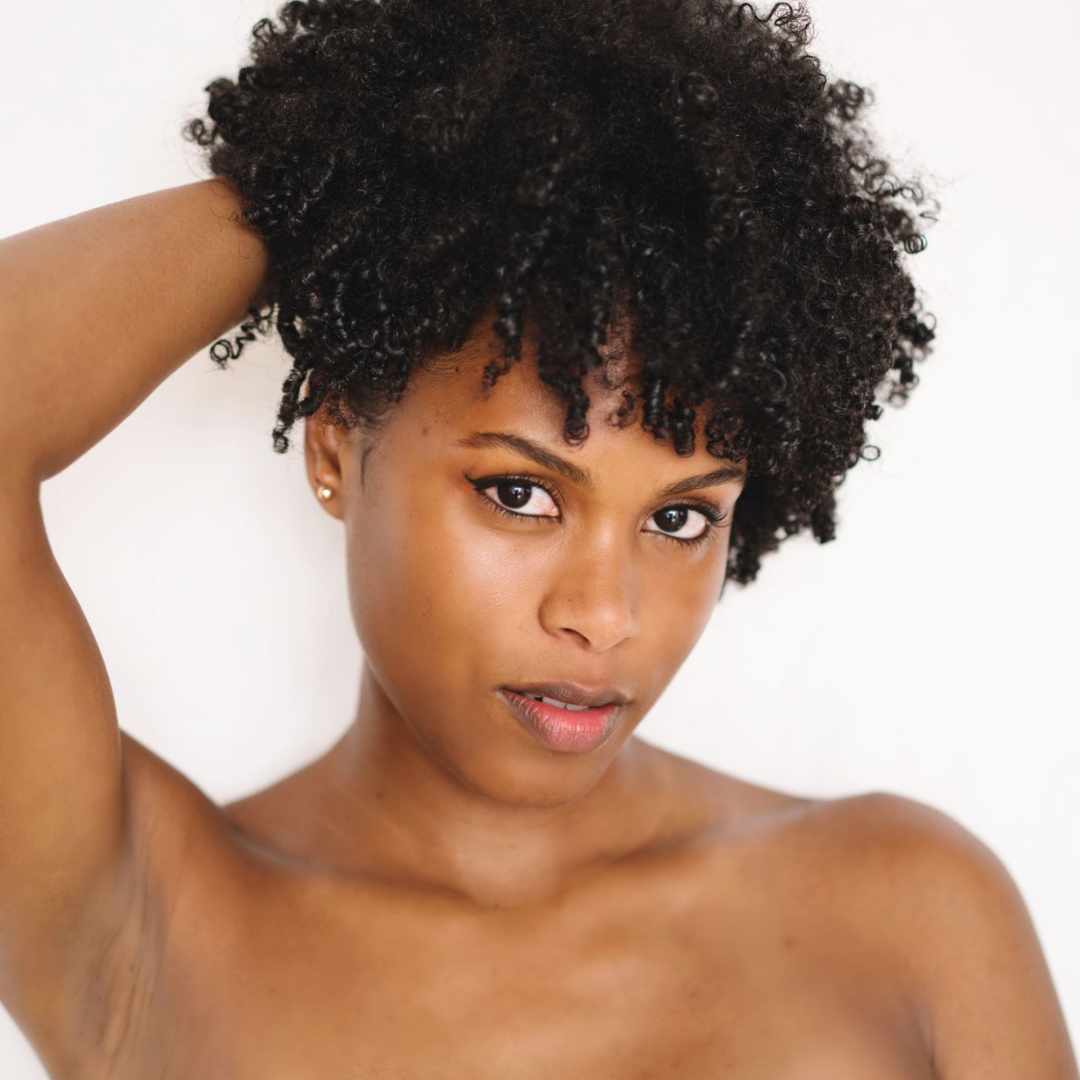
How is 4B Different From Other Type 4 hair?
Type 4A hair is much more defined than 4B hair, and while it doesn't absorb moisture as well as Type 2 and 3 hair types, it's certainly more effective at soaking up and retaining moisture than a Type 4C. Type 4C is much dryer and has a tighter curl pattern, making it much less able to take in hydration and equally as prone to shrinkage. Type 4B hair are smaller than 4A curls and are much coarser in texture.
The primary distinction between 4B hair and other curl types lies in the curl pattern: 4B has less defined curls and a much tighter curl pattern. Type 4A hair effectively retains moisture, leading to less shrinkage compared to 4B hair. 4A curls have more definition, while 4B curls are more compact and can sometimes feel coarse in texture. In contrast, type 4C hair possesses the tightest of all curl patterns among curly hair types. Still, due to its compact and resilient strands, it experiences shrinkage similar to 4B hair. 4B hair can experience a significant 50-75 percent shrinkage.
To optimise type 4 curls, it's essential to maintain high moisture levels, limit heat usage, and employ regular protective styling.
How To Test The Porosity Of Your Type 4B Hair
The Strand Test is a simple yet effective way to determine the porosity of your hair, which in turn can greatly influence your hair care routine.
To perform this test: you need to place a single strand of clean, product-free hair in a bowl of room temperature water and observe how it behaves.
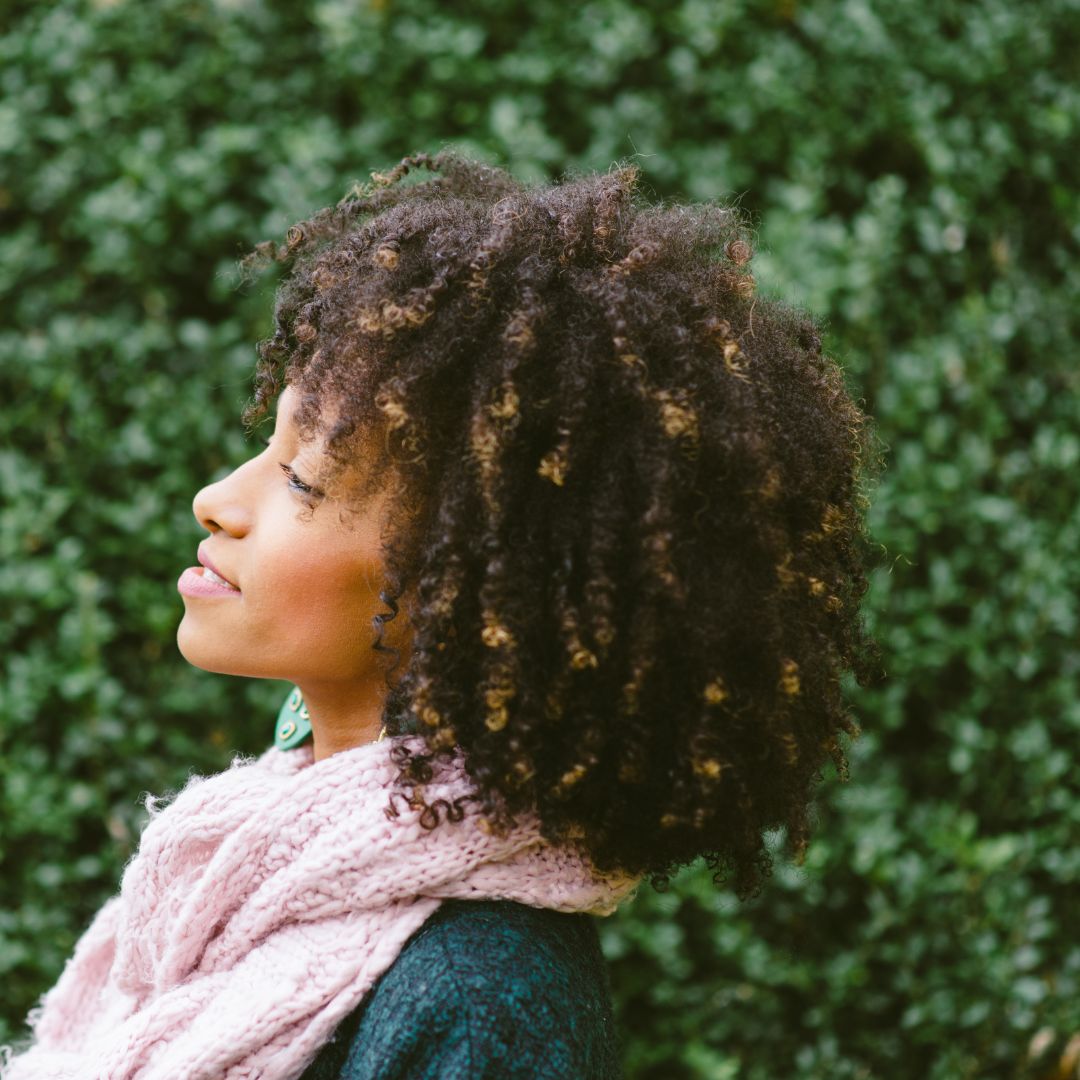
WHAT IS THE TEXTURE OF 4B HAIR
Every hair type has a different texture, and every individual will have variations of that type of texture. Texture refers to the thickness of the individual hair fibres. It also refers to the diameter, width and length of the hair strand. 4B hair texture is commonly referred to as Afro. This means it has an afro-textured appearance. *(not to be confused with a ‘fro’ that is a afro-textured hairstyle)
The texture of 4B hair will determine factors like:
- How often you will need to wash your hair
- How much product you need to use when styling your hair
- How often you should use deep conditioning treatments
Hair Texture Simplified
Fine
This is the most delicate texture and tends to get oily quickly. Due to its composition of just two layers – the cuticle and cortex – products, especially heavy gels and creams can easily weigh it down. For optimal scalp health and to manage oil accumulation, it's recommended to wash fine hair every 2 to 4 days, as it is more susceptible to oil buildup.
Medium
A step thicker than fine hair, medium-textured hair boasts a more robust structure, sometimes consisting of a third layer. This enables it to hold hairstyles for long periods. To maintain the balance of natural oils and avoid dryness, washing every 4 to 5 days is ideal. In the interim, your scalp's natural sebum will keep your curls moisturised.
Thick
Boasting all three layers – the cortex, cuticle, and medulla – thick hair is robust and holds styles really well. And for long periods of time. While you can afford to use heat more liberally, keep in mind that it tends to take longer to dry. As thick hair excels at preserving moisture, washing it just once a week will suffice.
*Remember that whilst you can use more heat on thicker hair, on type 4 hair, that is often dryer than other hair types, It's not recommended.
Caring for Your 4B Hair
Washing your 4B hair is crucial for maintaining its health. Characterised by its tightly coiled "Z" shaped pattern, 4B hair can be voluminous and a bit of a showstopper when cared for correctly. However, due to its delicate nature and propensity towards dryness, it requires a unique approach to washing.
Here are some guidelines to help you cleanse your 4B hair effectively without stripping it of its natural oils.
Wash Less
The natural texture of 4B hair does not allow scalp oils to travel down the hair shaft as quickly as they do in straighter hair types. This means that your hair might not get oily quickly and doesn't require daily washing. (who doesn't love that!) Over-washing can lead to further dryness and breakage.
Frequency: Aim to wash your 4B hair once every 7-10 days. If you find that your scalp is not overly oily or that your hair does not have significant product buildup, extending this period a bit longer might be beneficial.
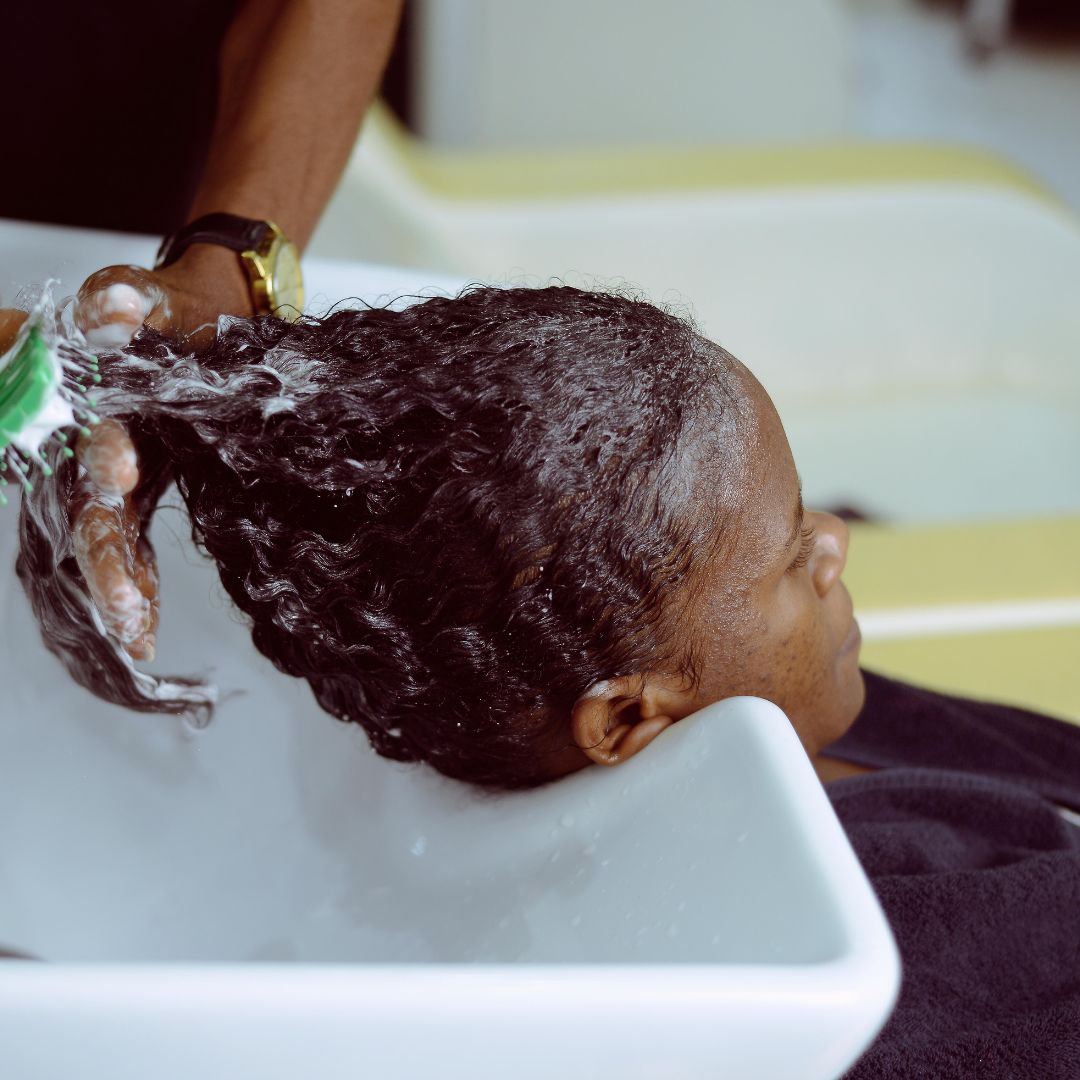
Pre-Poo
Pre-pooing is a technique used to prep your hair before shampooing. It's particularly good for Type 4, as it helps to retain moisture. It involves applying an oil or a conditioner to your hair prior to washing to reduce the likelihood of moisture being stripped away by shampoos.
Steps:
- Select a Pre-Poo Product: Hush Nourishing Oil with its unique blend of Rosehip and Jojoba oils is perfect for a pre-poo treatment. Or Drench and Quench deep conditioning treatment.
- Apply: Section your hair and apply the product thoroughly from roots to ends.
- Detangle: Gently detangle each section with a Flexi Brush, wide-tooth comb or your fingers to minimise breakage.
- Let It Sit: Allow the pre-poo to sit on your hair for at least 30 minutes; some prefer to leave it on for a few hours or even overnight.
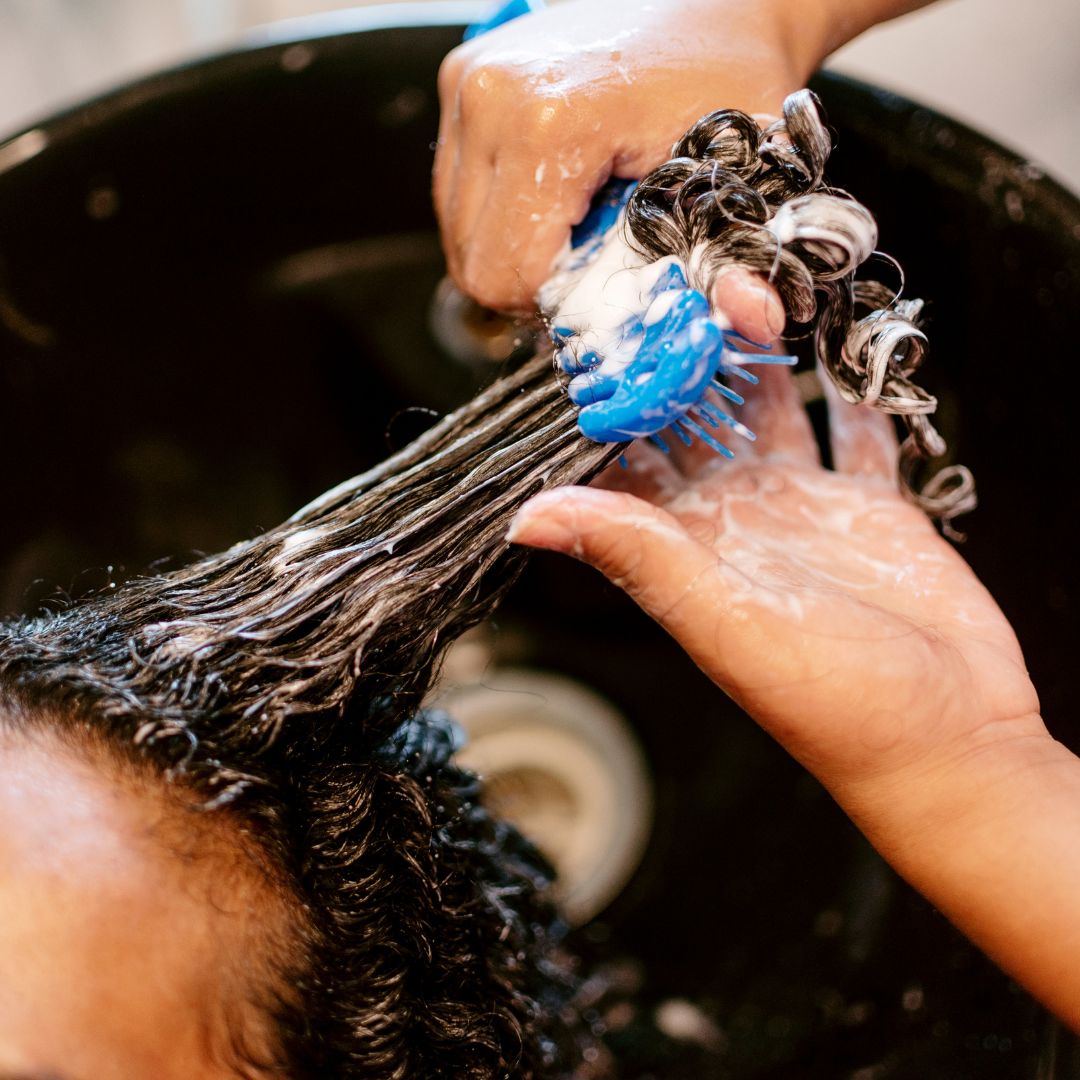
Wash in Sections
To prevent tangling and make the washing process easier, you can wash your hair in sections. This method helps to ensure that each part of your scalp and hair gets thoroughly cleaned without causing unnecessary tangles and knots.
Method:
- 1. Section Your Hair: Divide your hair into 4-8 sections, depending on the thickness and length of your hair.
- 2. Secure the Sections: Twist or braid each section to keep them separated and secure them with clips or hair ties.
- 3. Wash One at a Time: Release each section one at a time and gently massage the scalp with the pads of your fingers. Apply shampoo primarily to the scalp rather than the full length of the hair.
- 4. Rinse Thoroughly: After washing a section, rinse out the shampoo completely before moving on to the next.
- 5. Condition: Apply a hydrating conditioner to each section, focusing on the ends, and then detangle again if necessary. Rinse with cool water to seal the hair cuticles and enhance shine.
By incorporating these methods into your hair care routine, you can maintain your 4B hair’s health and keep it looking its best. Remember that every head of hair is different, so feel free to adjust these guidelines to suit the specific needs of your hair and scalp.
Moisturising + Hydrating Your 4B Hair
Maintaining moisture is paramount when it comes to 4B hair care. Given its coily nature, 4B hair needs extra care and attention to prevent damage. Hydration and moisturising treatments can help maintain the elasticity and strength of your hair, promoting growth and preventing damage.
Two essential treatments that can keep your 4B hair well-nourished and vibrant:
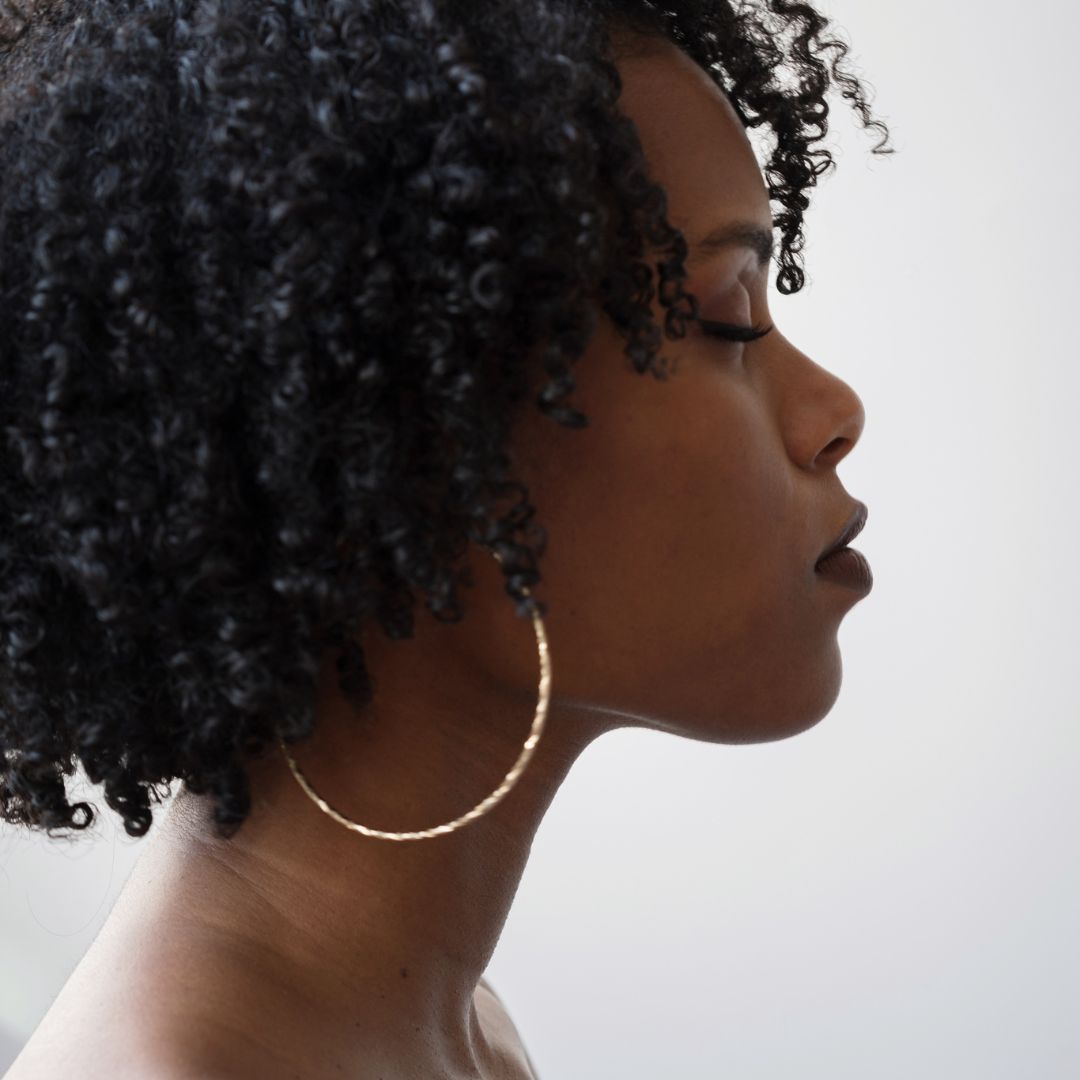
Deep Conditioning Treatments
Deep conditioning treatments provide intense hydration and deliver essential nutrients to each strand.
How to Use Deep Conditioners:
- Frequency: Incorporate a deep conditioning treatment into your hair care routine once a week or bi-weekly, depending on your hair’s level of dryness.
- Application: After shampooing, apply a generous amount of deep conditioner to your hair. Use a wide-tooth comb or your fingers to distribute the conditioner evenly.
- Absorption: For maximum penetration of the product, cover your hair with a plastic cap or microfibre towel.
- Rinse: Rinse the deep conditioner out with cool water to close the hair cuticles and lock in moisture.
Benefits:
- Restores Moisture: Deep conditioning treatments replenish moisture that is lost due to environmental factors and styling products.
- Improves Texture: Regular deep conditioning can improve the texture of your hair, making it softer and easier to manage.
- Enhances Elasticity: These treatments can increase the elasticity of your hair, reducing the risk of breakage during styling.
Adds Shine: Deep conditioners often leave hair looking lustrous and feeling silky.
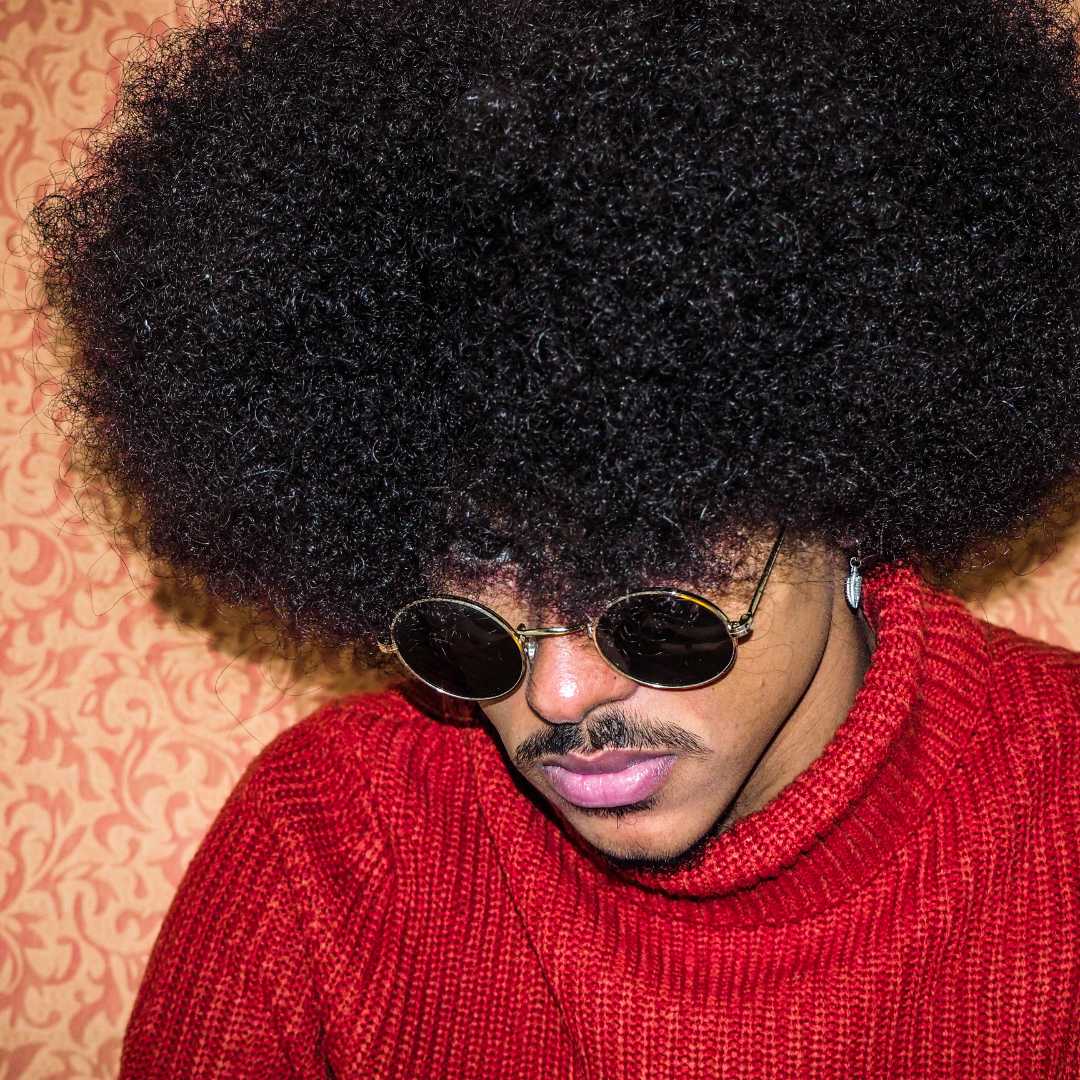
The Benefits of Oil Treatments
Oil treatments can be a game-changer for 4B hair by sealing in moisture and adding an extra layer of protection.
Types of Oils to Use:
Our #1 recommendation is, (of course!) our Hush Nourishing oil. It has a selection of natural oils, including Jojoba and Rosehip + it is filled with loads of extra nourishing ingredients. If you prefer to opt for a straight oil, here are our suggestions.
- Coconut Oil: Penetrates the hair shaft to condition and improve hair health.
- Olive Oil: Rich in antioxidants, it helps to maintain scalp health and prevent damage.
- Jojoba Oil: Closely mimics the natural oils produced by the scalp, making it an excellent choice for sealing moisture.
How to Use Oils:
- Pre-Poo Treatment: Apply oil or deep conditioner to your hair before washing to protect against shampoo that can strip away natural oils.
- Sealing Moisture: After washing and conditioning your hair, apply a small amount of oil to seal in the moisture.
- Warm Oil Treatments: Once a month, use a slightly warmed oil to massage your scalp and hair before shampooing. This can help in improving blood circulation and deeply moisturising the hair shaft.
Benefits:
- Seals Moisture: Oils form a protective barrier on the hair shaft to lock in moisture that the hair has absorbed.
- Promotes Hair Health: Many oils have vitamins and fatty acids that help nourish the scalp and strands.
- Enhances Shine: Regular oil treatments can give your hair a healthy sheen.
- Prevents Breakage: By maintaining elasticity, oils help reduce the likelihood of hair breakage.
Together, deep conditioning and oil treatments can significantly contribute to the overall health of your 4B hair. By consistently incorporating these methods into your hair care regimen, you can keep your curls and coils quenched, resilient, and ready to withstand styling and environmental challenges.
Avoid Chemicals
Type 4B hair is especially susceptible to damage from chemicals due to its delicate structure and curl pattern. To maintain its health and vitality, it's important to steer clear of harsh chemicals found in relaxers, texturizers, and some hair dyes (especially cheap box hair dyes). These can lead to breakage, dryness, and damage to the hair's natural curl. Instead, opt for natural products and alternatives that maintain the integrity of your 4B curls.
Styling + Care
When it comes to styling 4B hair, the key is to use techniques that minimise stress on the hair. Opt for low-manipulation styles that don't require constant combing, brushing, or pulling. Use soft hair ties and clips that won't snag or break the hair. Regularly incorporate moisturising products and oils to keep the hair supple and easy to style.
Looking After Your Protective Styles
Protective styles are a mainstay for 4B hair as they tuck away the ends of hair to prevent split ends and breakage. To care for your hair while in protective styles, continue to moisturise your scalp and hair with light oils, creams or hydrating sprays. It's also important not to leave protective styles in for too long as tension and lack of washing can lead to damage and product build up.
Essential Care Tips for Type 4B Hair:
Night-Time Hair Protection
While this tip isn't exclusive to 4B hair types, sleep protection to protect your curls is essential. Ensure your afro curls stay defined overnight by tying them in a high bun or wrapping them in a protective cozy or satin cap, this creates a protective layer against pillow friction. One step further, a silk pillow slip is another good investment, not only does it feel nice to sleep on, it takes away any chance of frizz and friction overnight.
Gentle Detangling
Voluminous curls often bring the challenge of knots. However, there's no need for aggressive combing. Instead, opt for a detangling brush or comb. We recommend the Flexi Brush + The Detangler dedicated to conditioning and tackling knots. Best practice? Gently comb through your conditioned curls while in the shower, ensuring a tangle-free dry. You can also brush your leave-in through to create curl clumps post shower.
Post-Shower Care
After showering, avoid rubbing your hair with a towel as this can cause friction and frizz. Instead, gently blot the hair with a microfiber towel or an old t-shirt. Apply a leave-in conditioner to keep the hair hydrated as it dries.
Damage-Free Drying Techniques
Having cleansed and hydrated, the next step is drying without damaging your curls. While air drying remains number one for minimal damage, if you're short on time or don't fancy damp hair, consider using a diffuser on the lowest heat.
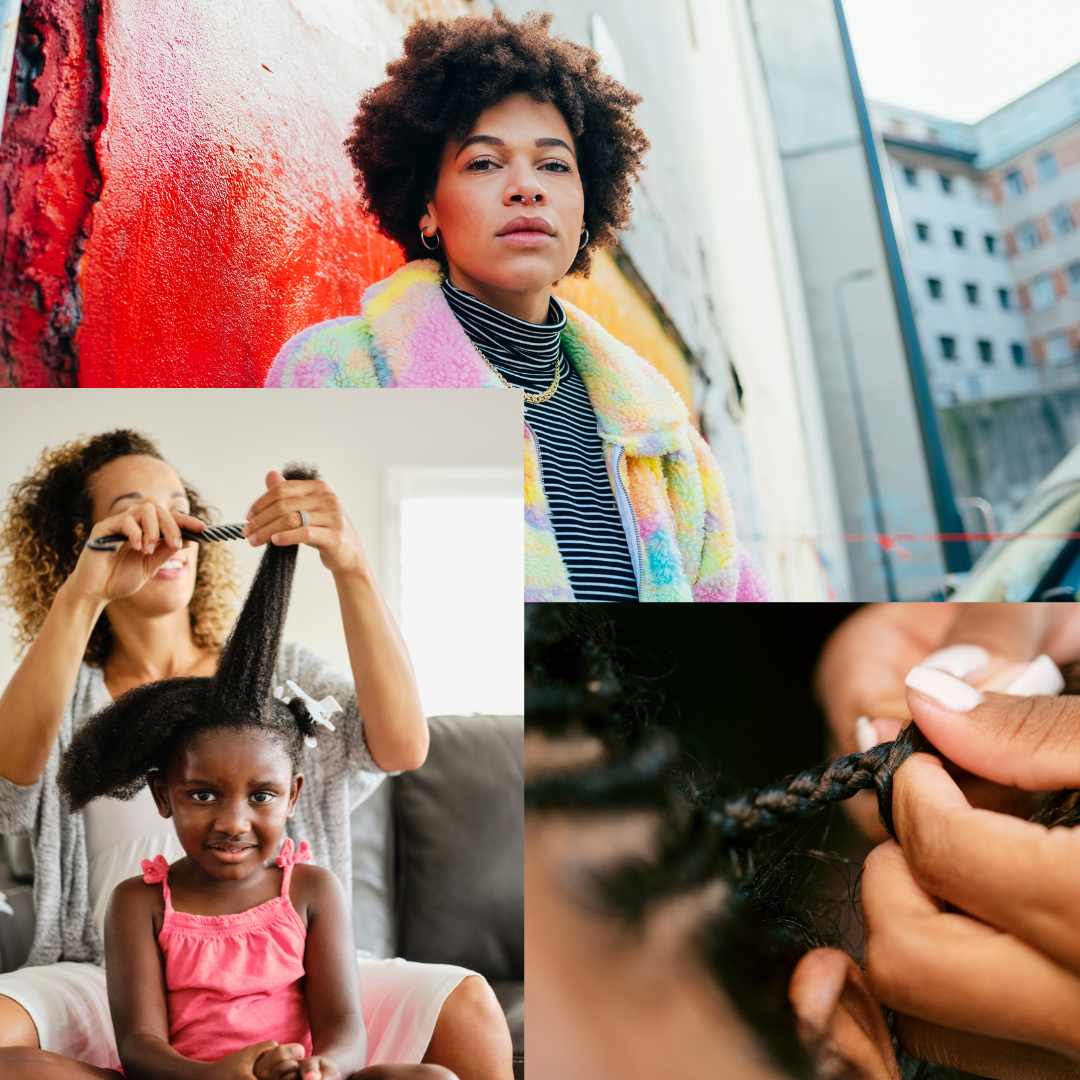
4B Styles for Afro-Textured Hair
The Fro
Classic and culturally beautiful. Afro textured hair is perfect for showcasing rocking a ‘fro’ and embracing your natural texture. Layered cuts can add shape and make the hair more manageable.
Twist-outs And braids
Two strands, Three strands or more. These twist out options look fab and are super practical for retaining hydration and stretching out wash days.
Bantu Knots
Sounds more like a pastry?! However, Bantu Knots are another great option for longevity between wash days, and they look super-chic. And if you’re feeling really bold why not try the Bantu Knot ‘takedown’!
Buns And puffs
Another pastry? Nope. A quick and simple-to-do style that also protects the ends. Easier that Bantu Knots, these cute double buns at the top of your head look great and are easy to create.
Half up-half down twist out!
Once you've had enough of your hair twisted up, let it down and shake it out! For more control, tie back the front with a hair tie or scrunchie for a stylish look that's perfect for day and night.
The Bubble Pony Tail
simple, stylish and effective in keeping your hair out of your face, this look is achieved with hair pins and hair ties.
Blow Out
Why not go all out, and just blow your hair out. Big, bold and beautiful a good old fashioned blow out can't be ignored.
Wash And Go Style’s
Exactly that. Wash. and GO!
NURTURE YOUR 4B CURLS WITH LOHY
Play around with treatments and styles tailored to your unique hair type. Once you've mastered your preferred routine and go-to styles, don't stop there!
With the help of LOHY’s meticulously formulated products, grounded in scientific research and designed to uplift every curly strand, curly hair care has never been easier.
Prioritising the health of your hair, our products are infused with organic and hydrating ingredients like Primrose, Macadamia and Jojoba Oils to nourish and fortify your curls.
LOHY makes loving your curls easy!
FAQs for Type 4B Hair
How often should I wash my 4B hair?
Wash your 4B hair every 1-2 weeks, depending on your scalp's oil production and your daily activities.
Can I use heat on 4B hair?
It's best to minimise heat usage. If necessary, use a heat protectant and keep the heat on a low setting.
What are the best oils for 4B hair?
Lightweight oils like jojoba, rosehip, coconut, and almond are great. Just like our Hush nourishing oil
How can I reduce shrinkage in 4B hair?
Stretching hairstyles such as twist-outs and braid-outs can help reduce shrinkage. Unfortunately shrinkage is part of having curly hair. The tighter your curls- the more shrinkage you will have.
How often should I trim my 4B hair?
Trim your hair every 3-4 months or when you notice split ends to maintain hair health.
What is the best way to protect my 4B hair at night?
Sleep with a Cozy, satin bonnet or on a satin pillowcase to protect your hair from breakage and moisture loss.

